 Multiple Choice Questions
Multiple Choice QuestionsA monkey of mass 30 kg climbs on a massless rope whose breaking strength is 450 N. The rope will break if the monkey (Take g = 10 m/s2 )
climbs up with a uniform speed of 5 m/s
climbs down with an acceleration 4 m/s2
climbs up with an acceleration 6 m/s2
climbs down with a uniform speed of 5 m/s2
A body is at rest at x = 0 and t = 0, it starts moving in the positive X-direction with a constant acceleration. At the same instant, another body passes through x = O moving in the positive X-direction with a constant speed. The position of the first body is given by x1 (t) after time t and that of second body by x2 (t) after the same time interval. Which of the following graphs correctly describes (x1 − x2) as a function of time t ?

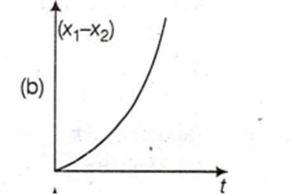
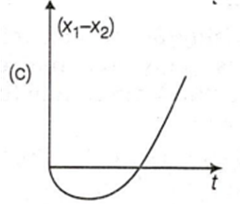
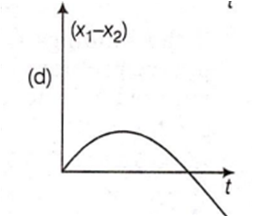
The given graph shows the variation of velocity with displacement. Which one of the graphs given below correctly represents the variation of acceleration with displacement.
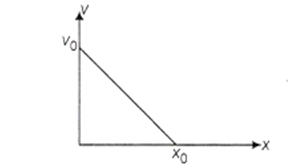
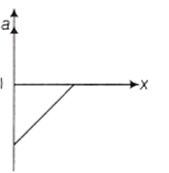
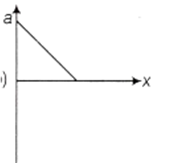
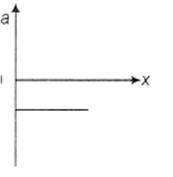
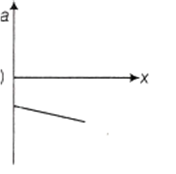
In figure shown below, a particle is travelling counter clockwise in circle of radius 10 m. The acceleration vector indicated at a specific time. Find the value of 'v' at this time.
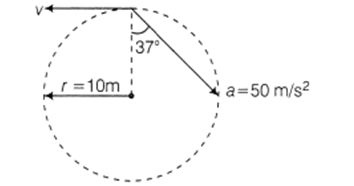
10 m/s
15 m/s
20 m/s
7 m/s
A ball which is at rest is dropped from a height h metre. As it bounces off the floor its speed is 80% of what it was just before touching the ground. The ball will then rise to nearly a height
0.94 h
0.80 h
0.75 h
0.64 h
Two bodies of different masses are dropped from heights of 16 m and 25 m respectively. The ratio ofthe time taken by them to reach the ground is
A man of height h walks in a straight path towards a lamp post of height H with uniform velocity u. Then the velocity of the edge of the shadow on the ground will be
A train of 150 m length is going towards north direction at a speed of 10 ms-1 . A parrot flies at a ,speed of 5ms-1 towards south direction parallel to the railway track. The time taken by the parrot to cross the train is equal to
12 s
8 s
15 s
10 s
The area under acceleration-time graph gives
distance travelled
change in acceleration
force acting
change in velocity
The distance travelled by an object along a straight line in time t is given by s= 3 − 4t + 5t2, the initial velocity of the object is
3 unit
− 3 unit
4 unit
− 4 unit
